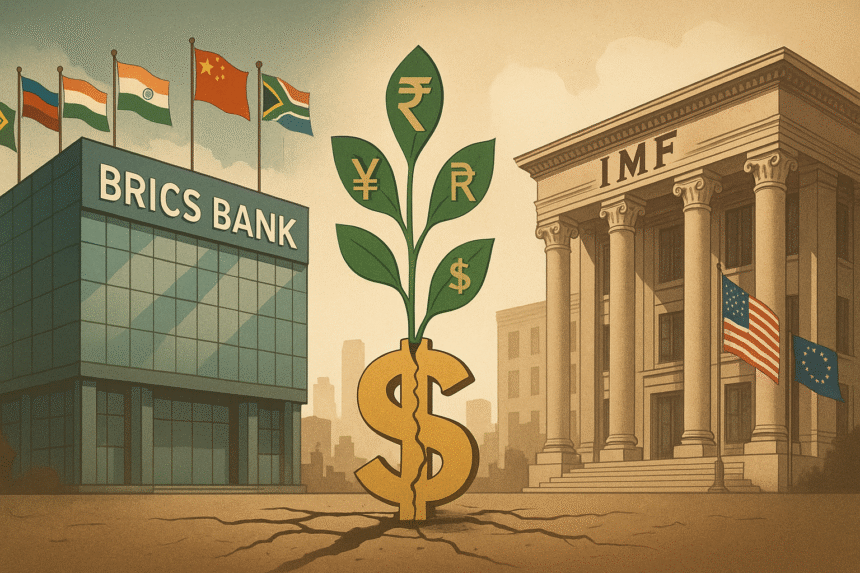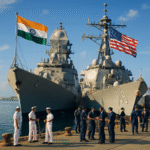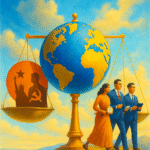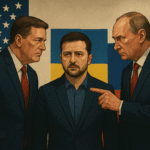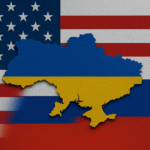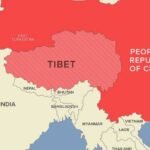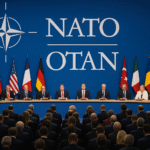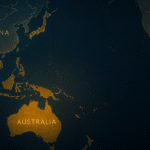As the world crosses into the second half of 2025, a quiet but determined challenge to the postwar financial order is gaining momentum. The New Development Bank (NDB) — commonly known as the BRICS Bank — is expanding its reach with a renewed mission: to offer emerging economies the financial tools they need, without the political strings and austerity burdens long associated with the West.
With the International Monetary Fund (IMF) increasingly criticized for its rigid lending terms and perceived alignment with U.S.-European interests, a growing number of voices in the Global South are asking a fundamental question: Is it time to build a parallel system? And more urgently: Is BRICS actually doing it?
The Rise of a Southern Alternative
Launched in 2015 by Brazil, Russia, India, China, and South Africa, the New Development Bank was conceived not to replace the IMF, but to rebalance the table. In its early years, the NDB moved cautiously — disbursing funds for infrastructure and sustainable development, mostly in dollar terms, and mostly within BRICS countries.
But in recent years, something shifted. The political unity within BRICS has deepened, the bank has welcomed new members like Egypt, Bangladesh, and the UAE, and its operations have grown both wider and bolder. The NDB is now actively working to issue green bonds, lend in local currencies, and support long-term projects that don’t demand governments cut essential services or dismantle public systems in return.
In her speech last year in Johannesburg, NDB President Dilma Rousseff put it plainly:
“We are building a development model that respects sovereignty, reduces dependence on the dollar, and supports long-term growth without the burden of austerity.“
Those three words — sovereignty, growth, and austerity — signal what’s really at stake. The BRICS Bank is not just offering loans. It’s offering a philosophy: that development should not come at the cost of dignity.
IMF: Still a Lifeline, But at What Cost?
The IMF, created in the aftermath of World War II, was designed to stabilize economies in crisis — and it still plays that role. With over a trillion dollars in lending capacity, it remains the default institution when nations face capital flight, balance-of-payment collapses, or debt distress.
But for many countries in the Global South, that help has come with a familiar price: austerity. From Argentina’s painful cycles of debt and deflation to Sri Lanka’s recent IMF package that triggered fuel hikes and public anger, the Fund has been accused — time and again — of offering a one-size-fits-all prescription, regardless of local context.
Its critics argue that the IMF has failed to evolve with the world it claims to support. Its voting power remains skewed — the U.S. alone holds effective veto power, and leadership has never left Western hands. For many, it remains a gatekeeper of a global economic order written in the 20th century and still echoing Cold War dynamics.
Even when the Fund speaks the language of reform or climate justice, it is often seen as talking from the top down — technical, conditional, and deeply cautious.
BRICS: Vision Beyond Scale
Let’s be clear: in terms of raw numbers, the IMF still dwarfs the NDB. The Fund manages over $1 trillion in resources; the BRICS Bank operates with just $100 billion in subscribed capital, much of which is yet to be deployed at scale.
But this is not a contest of balance sheets. It’s a contest of visions.
The IMF offers emergency bailouts — useful, but temporary. The BRICS Bank offers long-term investment — slower, but strategic. Where the IMF lends almost exclusively in dollars, the NDB is increasingly shifting toward local currencies, allowing countries to finance projects without exposing themselves to exchange rate volatility or dollar shortages. This is not just technical — it’s deeply political.
In doing so, BRICS is aligning with a larger de-dollarization trend sweeping through the Global South. Countries from Brazil to Indonesia are experimenting with regional currency frameworks. Even traditional IMF clients are openly exploring alternatives that put them back in the driver’s seat.
India’s Calculated Balance
India has walked a careful line in all of this. A founding member of both BRICS and the NDB, it continues to engage with the IMF and World Bank while also supporting alternative frameworks for the future.
In 2024, the Reserve Bank of India signed agreements to settle trade in rupees with several Global South partners — a small step with symbolic weight. India also continues to push for governance reforms at the IMF, calling for greater voice and representation for emerging economies.
An Indian official, speaking off the record, said:
“We don’t seek confrontation with the Bretton Woods institutions. But the world needs more options. The Global South must not have to choose between no help and painful help.“
That philosophy — reform without rupture — may well define India’s future as a bridge between institutions old and new.
Future or Fragmentation?
Still, the path forward is uncertain. Fragmenting the global financial system without coordination could increase instability. The BRICS Bank is still young, and while it has symbolic power, it lacks the rapid-response infrastructure of the IMF. Some observers worry that internal divisions within BRICS — especially over China’s expanding influence — could hinder cooperation.
And yet, the momentum is undeniable. In an age of mounting debt, rising inequality, and unmet climate financing promises, many countries are no longer asking whether the current system works. They’re asking whether it ever did.
The Bottom Line
This is not a revolution. It’s a rebalancing.
The world is not witnessing the fall of the IMF — but it is watching the rise of a parallel architecture, shaped by the values, interests, and urgencies of the Global South. In that effort, the BRICS Bank is becoming something more than a lender. It is becoming a symbol of choice — and a tool for countries that are tired of negotiating from weakness.
In 2025, that may be the most important financial story that still isn’t making the front page.

